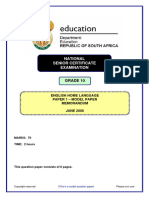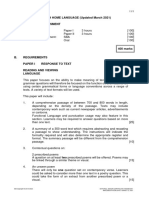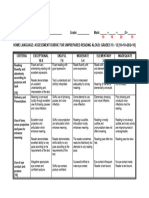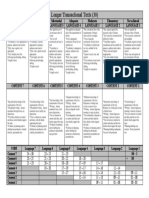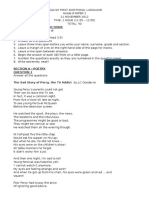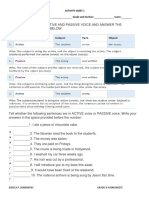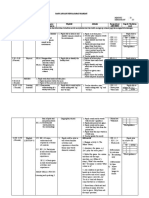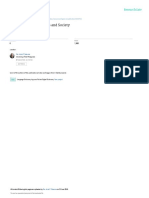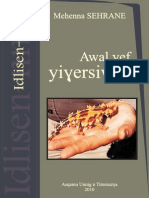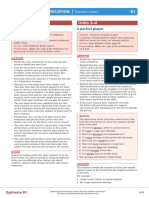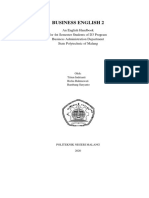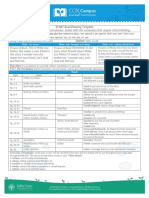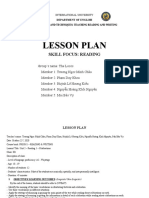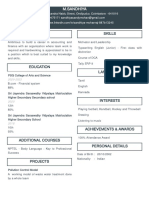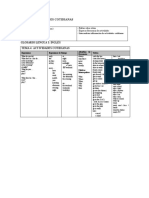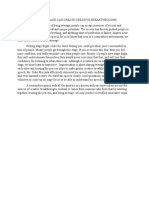0% found this document useful (0 votes)
729 views13 pagesSDENG3J Assignment 1
This document contains 3 English language activities for a Grade 10 class. The first activity focuses on reading and has students read an article about the negative health effects of excessive screen time. It is designed to last 10 minutes and aims to teach students about the risks of inactivity and poor posture from overuse of digital devices. The second activity focuses on writing skills and asks students to summarize the key points of the reading in 5 sentences. It is meant to assess their comprehension. The third activity focuses on language skills and has students identify examples of text neck and text claw from the article. It aims to reinforce the new vocabulary.
Uploaded by
Jonèl MareeCopyright
© © All Rights Reserved
We take content rights seriously. If you suspect this is your content, claim it here.
Available Formats
Download as PDF, TXT or read online on Scribd
0% found this document useful (0 votes)
729 views13 pagesSDENG3J Assignment 1
This document contains 3 English language activities for a Grade 10 class. The first activity focuses on reading and has students read an article about the negative health effects of excessive screen time. It is designed to last 10 minutes and aims to teach students about the risks of inactivity and poor posture from overuse of digital devices. The second activity focuses on writing skills and asks students to summarize the key points of the reading in 5 sentences. It is meant to assess their comprehension. The third activity focuses on language skills and has students identify examples of text neck and text claw from the article. It aims to reinforce the new vocabulary.
Uploaded by
Jonèl MareeCopyright
© © All Rights Reserved
We take content rights seriously. If you suspect this is your content, claim it here.
Available Formats
Download as PDF, TXT or read online on Scribd
/ 13











